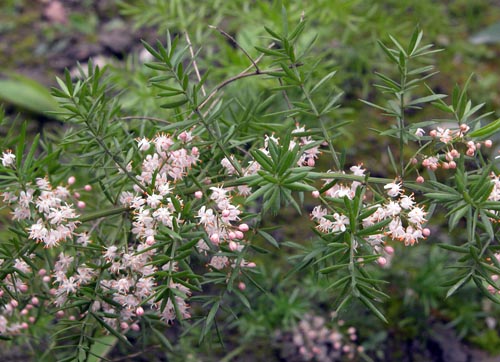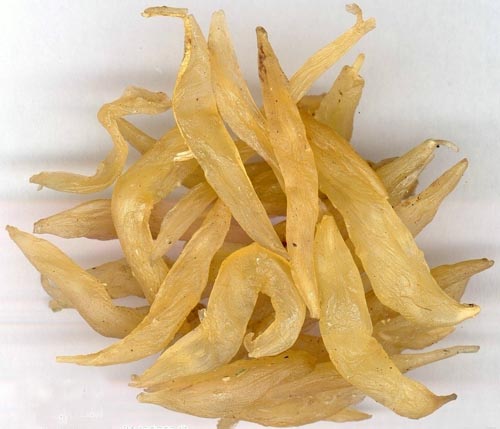The source is from the root tuber of Asparagus cochinchinensis (Lour.) Merr., family Liliaceae. The medicinal material is mainly produced in Sichuan, Guizhou, and Guangxi, etc., dug and collected in autumn and winter and cleaned, the fibrous roots being got rid of. Then it is boiled or steamed, after which the surface is removed, cleaned and dried. It is cut into thin slices and used crudely.
Medicinal Properties: Sweet and bitter in flavor, cold in nature and attributive to the lung and kidney meridians.
Actions: Nourish yin and moisten the lung, clear away fire and regenerate the body fluids.

Application
1. It is indicated for dry cough due to yin-deficiency and lung-heat or cough and hemoptysis due to asthenia of viscera. In treating cough due to dryness-heat, it is usually combined with Maimendong ( Radix Ophiopogonis ), Shashen (Radix Adenophorae ), and Chuanbeimu ( Bulbus Fritillariae Cirrhosae), etc.; in treating cough and hemoptysis due to asthenia of viscera or dry cough and sticky sputum with blood, usually combined with Maimendong (Radix Ophiopogonis ), Chuanbeimu (Bulbus Fritillariae Cirrhosae ), Shengdihuang ( Radix Rehmanniae), and Ejiao (Cotla Corii Asini), etc.
2. It is used for insufficiency of kidney-yin and yin-deficiency causing hyperactivity of fire manifested as hectic fever, night sweat, nocturnal emission, diabetes due to interior heat, constipation due to dryness of the intestine. For yin-deficiency causing hyperactivity of fire marked by hectic fever, nocturnal emission, soreness and weakness of waist and knees, it is usually combined with Shudihuang (Rhizoma Rehmanniae Praeparata), Renshen (Radix Ginseng), etc., such as Sancai Fengsui Dan (Pellet); for internal heat with diabetes or febrile disease resulting in consumption of the body fluids manifested as thirst, usually combined with Maimendong (Radix Ophiopogonis), Tianhuafen (Radix Trichosanthis), and Zhimu (Rhizoma Anemarrhenae), etc., such as Erdong Tang (Decoction) ; for dryness of the intestine and constipation due to heat consuming the body fluids, may be combined with Shengdihuang (Radix Rehmannia), Danggui (Radix Angelieae Sinensis), etc..
Usage and Dosage:
6 -12 g is used in decoction for oral use.








